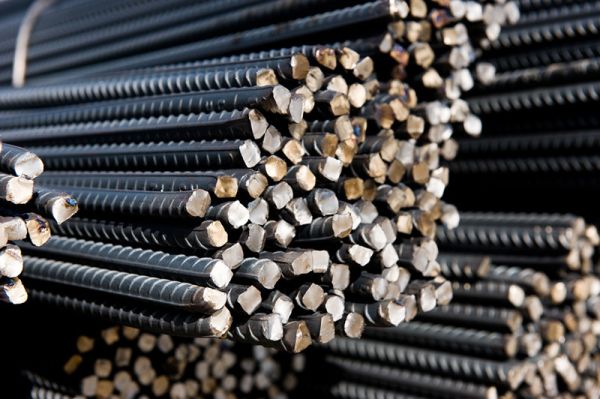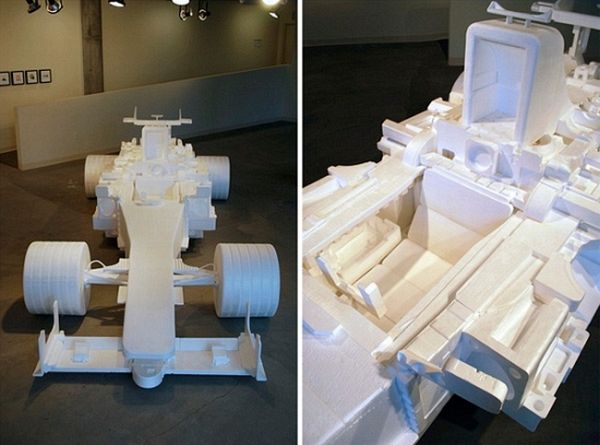Steel is a brilliant building material. The carbon/iron alloy has been renowned across the centuries for its ultimate tensile strength and cost-effectiveness. Produced in exponential quantities starting in the industrial revolution, steel quickly became a symbol of human progress. Everywhere anyone looked, steel was being used for the “bones” of structures small and large.
Steel manufacturing relative to the global population peaked in the mid-20th century. Yet steel continues to be used all over the world for construction, from backyard sheds to downtown skyscrapers. How?
The answer lies in the alloy’s potential for being recycled. In fact you could consider it the original, old school green building material, as steel recycling has been going on for over 170 years. If you’re looking at a prefab building, there’s actually a very good chance it is made from steel and there’s a good chance the alloy therein was originally created over 100 years ago. Your newly assembled two-car garage could be made from parts of a demolished townhouse built in the 1890s.
Unlike most other recycled materials, steel loses none of its strength during the melting down and recasting process. This includes all repeated processes. Roughly 500 million tons of steel are recycled annually. To better appreciate this figure, imagine 16 Golden Gate Bridges being broken down every day of the year to be recycled. It’s an alloy with an unlimited number of lifetimes and purposes, unique among building materials, existing everywhere you look.
The steel industry itself has gone through progressive changes in the direction of a greener track record. To date the overwhelming majority of water used in the steel making and recycling process is itself reused. As mentioned earlier, prefabricated steel building materials, especially for small scale DIY projects, are becoming increasingly common, as are full prefab buildings for sale. An added environmental benefit of these “out of the box” buildings is the ease in which their components can be removed and reused without being melted down and recast.
For eco-friendly folks in need of a shed out back, garage for the car, or professional workshop, the green benefits of steel go beyond these far-removed impacts and hit close to home. In particular, steel can result in energy savings which no other cost effective building material can provide.
For example, the wide inner wall cavities of steel structures allow for more insulation material than comparable sized buildings made of wood or brick. This means less heat needed to keep the place warm during winter.
Then for summer the reflectivity of steel and any bright-colored paint applied to it will bounce the hot rays of the sun off the structure. This of course means less demand put on the air conditioning system if there is one, or reduces the number of barn fans needed to keep the place cool.
The bottom line is this: the greenness of steel as a building material trumps all competing materials of similar cost. It’s a profoundly abundant, overwhelmingly recycled metal strong enough to withstand an onslaught of physical stress. It’s also useful in cutting down on energy costs too. A seemingly sterile machinist’s shop or looming downtown superstructure might not immediately appear to be jiving with the natural environment. But these steel-spined buildings represent one of our most precious assets when it comes to making human progress with minimal harm done to the planet.
Article Submitted By Derrick Manning (Community Writer)





